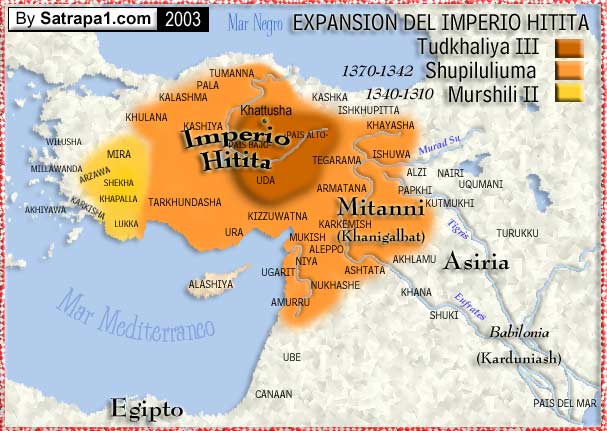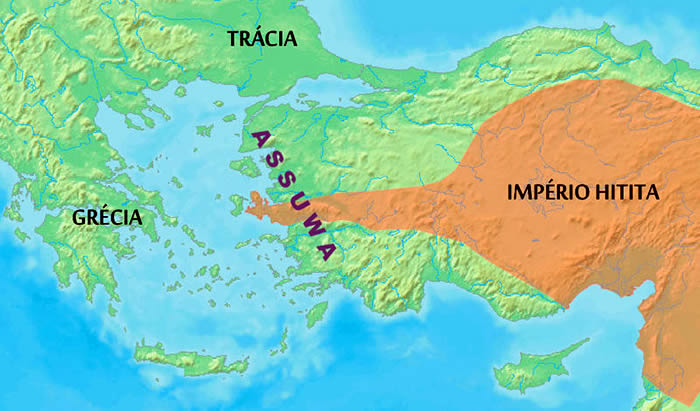Boreas
Regular Member
- Messages
- 708
- Reaction score
- 98
- Points
- 0
- Location
- Istanbul
- Ethnic group
- Rumî
- Y-DNA haplogroup
- R-YP346
- mtDNA haplogroup
- J1b1b1
Also, the term Asia was originally used just for the West coasts of Turkey. Here it probably means something close to the modern term 'West Asia'.
Is it? Wasn't the term for West Coats of Turkey "Anatolia"? Even the the first world maps shows Asia as a massive continent till India
But if your reference is Roman Asia, you are right.




